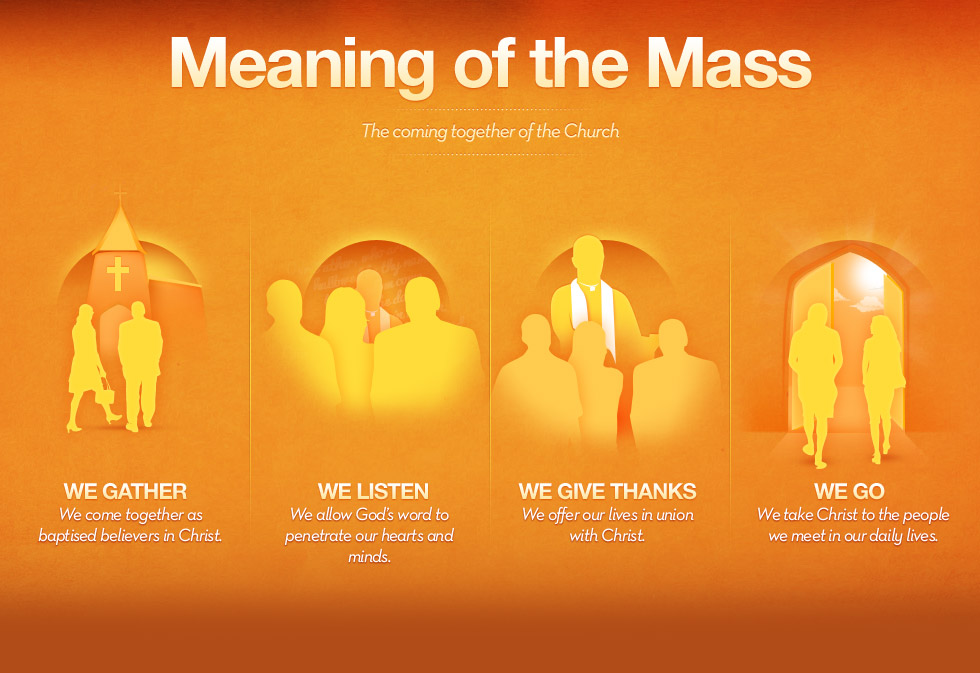

For example, around the side of the pond closest to the house, I planted only low-growing junipers ( Juniperus spp.) and cotoneasters ( Cotoneaster spp.).

This became a perfect setting for massed plantings. We moved the rocks and placed them around the pond. This also solved the dilemma of what to do with a gaping hole filled with several huge boulders left behind by the previous owners.

Thinking “big,” I tried to balance the massive scale of the site by breaking up the sloping, rectangular lawn with a 50- by 70-foot pond. First, I considered the ratio of the proposed garden (when viewed from the house or terrace) to the imposing backdrop of field, forest, and mountain range. Looking at the surroundings of my future garden helped in determining an appropriate sense of scale. Since mass is a relative term, it must be developed in relation to other elements-architectural structures, other plantings (such as a shrub hedge), or even open lawn. Or several varieties of grasses-even of varying heights-can be combined to make a bold statement. For example, two or three plants that bloom at the same time in a similar color can form a mass. It can be created by grouping several pots of the same plant or several plants that have similar color, texture, and density. In gardening terms, mass refers to a body of coherent plantings, usually of indefinite shape and often of considerable size. Masses of blue oat grass are repeated throughout the garden. Repetition of a single plant can create a sense of unity. A ribbon of purple sage ( Salvia officinalis ‘Purpurascens’) makes an attractive edging. Well-placed mass plantings in any setting can draw the eye and lend a naturalistic air to a garden.Įvaluate the role of mass in your landscapeĪccentuate colorful foliage plants by growing them en masse. These plantings complement, rather than compete with, the natural panorama and can be enjoyed both close up and from a distance. Mass plantings of low-growing plants seemed the best way to achieve harmony between the garden and the surrounding landscape. Given our location, it made sense to place the garden between the expansive view and the house. I tried to identify with the pervading spirit of the site, use its strengths, and, most of all, remain sensitive to the existing scale. So I turned to some principles of Japanese gardening. I knew that traditional English perennial beds would not suit the architecture of the barnlike house and that a cottage garden would be dwarfed by the vista.
#En masse meaning full#
I liked the fact that our site enjoyed full sun and a magnificent view of mountains, but I was stumped initially by this new gardening challenge. Here's a handy YouTube video to make sure you're pronouncing correctly.I learned about the value of mass plantings when my husband and I bought a renovated barn with a large backyard opening to a 3-acre hay field. Or, Les membres des communautés tribales votent souvent en masse pour le même candidat, habituellement le fils d'un des chefs de tribu. - Members of tribal communities often voted en masse for the same candidate, usually the son of one of the tribal leaders. 'Foreign investors would pull out en masse'. So when it's used in both English and French it means 'all together', 'as a group', 'in a body', 'as one', 'as a whole', 'in a mass'.īasically when you do something en masse everyone does it together.įor example: Les investisseurs étrangers se retireraient en masse. Here's a look at this very common expression and its origins.Įn masse is an adverb which has its origins in French literature, it literally means "in a mass". You might have head it thrown around a lot - and you may have even adopted it yourself.

This is one of those expressions used in both English and French.


 0 kommentar(er)
0 kommentar(er)
